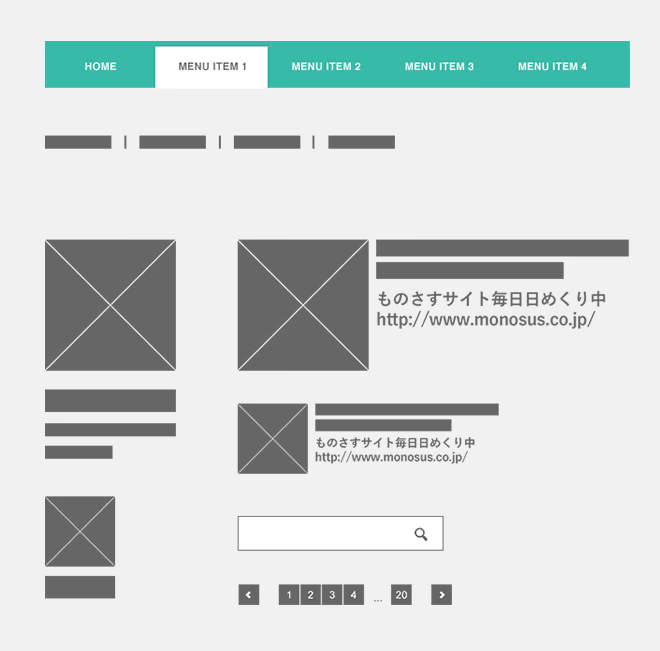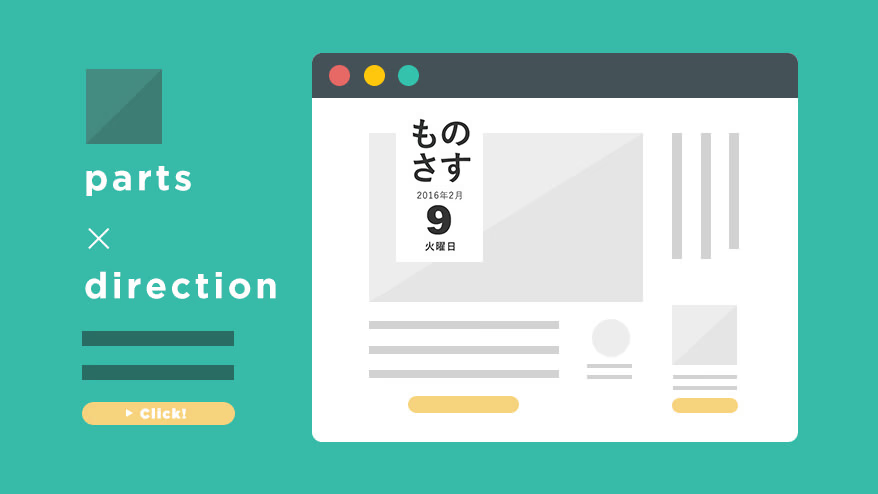Hello, this is Director Nakagawa.
In my previous article, " A task management table for directors using a spreadsheet, " I received requests from people who read the article to share the spreadsheet and also heard people say things like, "It's very easy to use, and we're using it within our company," which made me very happy.
I would like to take this opportunity to express my gratitude.
thank you.
As I wrote last time, I used to work on the production side as a coder at Coding Factory, but now I work as a director.
When I was a coder, I struggled with projects that were hundreds or even thousands of pages long, but the experience I gained back then has helped me in my current work as a director. I would like to introduce one such example to you today.
The total number of pages is not the only factor in labor costs. When I was a coder and was asked to work on a project, the first thing I was concerned about was the total number of pages.
I remember worrying whenever I was faced with a project of even the slightest size, wondering, "Will this be okay? Will I really be able to finish it?"
Also, at the time, there were only a few production members and the skills of each coder were not as high as they are today, so I was concerned about the short delivery deadline given the number of pages.
Then one day, a senior colleague gave me some advice: "If we create a parts collection for all the pages, we can mass-produce each page with less labor, which might help compress the schedule." As a result of proceeding in this way, we were able to deliver the product safely within the short schedule.
From that time on, I realized the importance of creating a parts collection, and I try to incorporate the process of creating a parts collection whenever possible for the projects that I direct, so that I can handle projects with short schedules, and conversely, even for projects with longer schedules, I ensure that there is a sufficient amount of man-hours available.
From here, I would like to explain what a parts collection is and how to make one.
Rank each page according to its difficulty (man-hours)
First, in order to create a collection of parts, it is necessary to determine the total number of pages and the "coding rank (difficulty = labor hours)" of each page.
Identifying the coding rank of each page is also extremely important for creating project schedules and calculating coding man-hours.
For example, even in the case of a redesign project, you can determine the true volume of the site by ranking it as shown below.
Rank A: Pages that require production from complete design data and are complex in volume and structure.
Rank B: Pages created entirely or partially from design data and require less effort than Rank A.
C rank: Pages that can be mass-produced based on the A and B ranks above, with text insertion and image replacement.
If you are an experienced coder,
It is highly likely that only 2 to 3 A-rank pages will be produced per day,
There are about 5 to 10 B-rank pages per day.
For C-rank pages, it is possible to produce 15 to 20 or more pages per day.
If a project has a lot of A-rank pages, it will be necessary to allocate a longer schedule or assign a larger number of coders, but if a project has a lot of B- or C-rank pages, once the A-rank pages are created, it is possible to mass-produce them in a short period of time.
For this reason, it is important to increase the number of B and C rank pages as much as possible, but in order to do so, it is necessary to create a parts collection.
Now, I would like to show you how to create a parts collection.
Design a website using a collection of parts
A parts collection is a collection of parts (modules) used throughout the site, compiled on one page.
For example, it is possible to break down the following into parts:
- Each heading
- Text and image layout
- List, table, text link, button link
- 2-4 column layout
- Other site-specific modular layouts

Parts example
To identify the requirements, we check all the pages on the current site and identify them from the wireframes of new pages, and then discuss these with a designer to create a collection of parts in advance.
The identified parts can be differentiated from other elements by using a naming convention (parts_xxxx, module_xxxxx) that is only used for parts collections. This makes it clear at a glance that they are parts to other coders and clients who will ultimately edit the source, which will speed up production in the future and make operation and maintenance easier.
In addition, by using this parts collection in conjunction with Dreamweaver's template function to create templates for each category or for common pages, you can increase mass production speed and reduce human error.
Increase mass production pages and compress schedule

If you can create a collection of parts, you will be able to increase the proportion of B and C rank pages, which will allow you to reduce the amount of coding work required in your schedule.
Of course, the goal isn't just to compress the schedule; having templates and parts to base it on allows coders to concentrate more on production and work with peace of mind, which results in production proceeding more smoothly.
In this way, rather than thinking of a 100-page project as simply producing 100 pages, by ranking it and designing a set of parts in advance, it is possible to reduce the volume of the entire project.
"Creating a collection of parts" is a common practice in web production, but if the director can roughly outline the collection of parts at the scheduling stage and calculate the labor costs to a certain extent, the project will proceed more smoothly.
Therefore, when I am directing, I try to create a schedule that includes the production of the part collection and leaves some leeway, allowing for a schedule that can be created and managed in a way that gives peace of mind to both the client and the creators.

